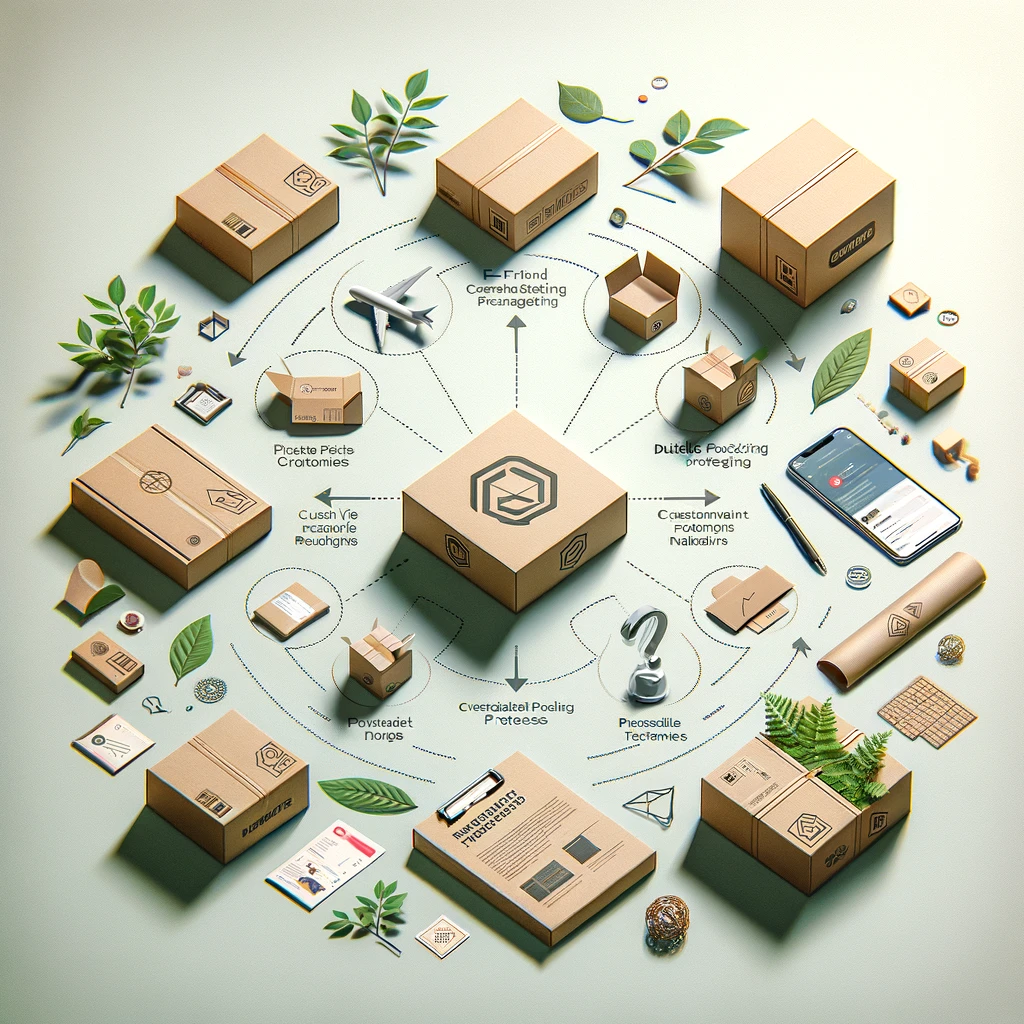In the fast-paced world of e-commerce, packaging is much more than just a means to deliver products to customers. It’s an integral part of the customer experience, a powerful branding tool, and a critical factor in ensuring the safe arrival of products. Crafting effective packaging strategies is essential for e-commerce businesses looking to stand out in a competitive market. Here, we explore key considerations and best practices in e-commerce packaging, focusing on protection, branding, and customer experience.
The Importance of Protection
At its core, the primary function of packaging is to protect products during transit. E-commerce businesses face unique challenges in this regard, as their products often travel long distances and pass through multiple handling points. Therefore, the packaging must be robust enough to withstand various stressors, such as impacts, vibrations, and environmental conditions.
Best Practices for Protective Packaging
- Choose the Right Materials: The choice of materials is crucial. Corrugated cardboard is a popular choice due to its durability and cost-effectiveness. For fragile items, additional cushioning materials such as bubble wrap, foam inserts, or air pillows can provide extra protection.
- Custom Fit Packaging: Standard-sized boxes may be convenient, but they often lead to wasted space and insufficient protection. Custom fit packaging ensures that the product fits snugly, minimizing movement and potential damage.
- Shock and Vibration Testing: Implementing shock and vibration testing for packaging can help identify vulnerabilities. By simulating the conditions that packages might encounter during shipping, businesses can design more resilient packaging solutions.
- Sealing and Labeling: Secure sealing with high-quality tape or adhesive is essential to prevent tampering and damage. Clear labeling, including handling instructions and fragile warnings, can guide handlers to treat the packages appropriately.
Branding Through Packaging
Packaging is a powerful branding tool that offers a tangible way to communicate a brand’s identity and values. Thoughtful packaging design can create a memorable unboxing experience, fostering customer loyalty and encouraging word-of-mouth referrals.
Best Practices for Branded Packaging
- Consistent Brand Identity: Packaging should reflect the brand’s identity through consistent use of logos, colors, fonts, and messaging. This consistency helps build brand recognition and trust.
- Eco-Friendly Materials: With growing consumer awareness about environmental issues, using sustainable packaging materials can enhance a brand’s image. Recyclable, biodegradable, and compostable materials not only appeal to eco-conscious customers but also demonstrate a brand’s commitment to sustainability.
- Creative Design Elements: Unique and creative design elements can make the packaging stand out. This might include custom prints, personalized messages, or innovative packaging shapes. Interactive features like QR codes that lead to exclusive content or promotions can also enhance the branding.
- Quality and Aesthetics: High-quality materials and finishes, such as matte or gloss coatings, can elevate the perceived value of the product. The aesthetic appeal of the packaging can influence the overall customer perception of the brand.
Enhancing Customer Experience
The unboxing experience is a critical touchpoint in the customer journey. Well-designed packaging can create a sense of excitement and satisfaction, leading to positive reviews and repeat purchases.
Best Practices for Customer-Centric Packaging
- Ease of Opening: Packaging that is difficult to open can frustrate customers. Easy-to-open features, such as tear strips or perforations, enhance the unboxing experience.
- Minimalism and Practicality: While creativity is important, practicality should not be overlooked. Avoid excessive packaging that adds unnecessary bulk. Strive for a minimalist design that is both functional and aesthetically pleasing.
- Personalization: Personalized touches, such as handwritten notes or custom inserts, can make customers feel valued. Including samples or small gifts can also surprise and delight customers, fostering a positive connection with the brand.
- Sustainable Practices: Beyond using eco-friendly materials, businesses can adopt sustainable practices such as reducing packaging waste, offering refill options, or implementing a take-back program for packaging reuse or recycling.
Conclusion
Effective packaging strategies for e-commerce businesses are multifaceted, encompassing protection, branding, and customer experience. By prioritizing these elements, businesses can not only ensure the safe delivery of their products but also create a memorable and positive impression on their customers. As e-commerce continues to evolve, staying attuned to consumer preferences and emerging trends in packaging will be key to maintaining a competitive edge. Embracing innovation and sustainability in packaging can help e-commerce businesses build strong brand loyalty and drive long-term success.


